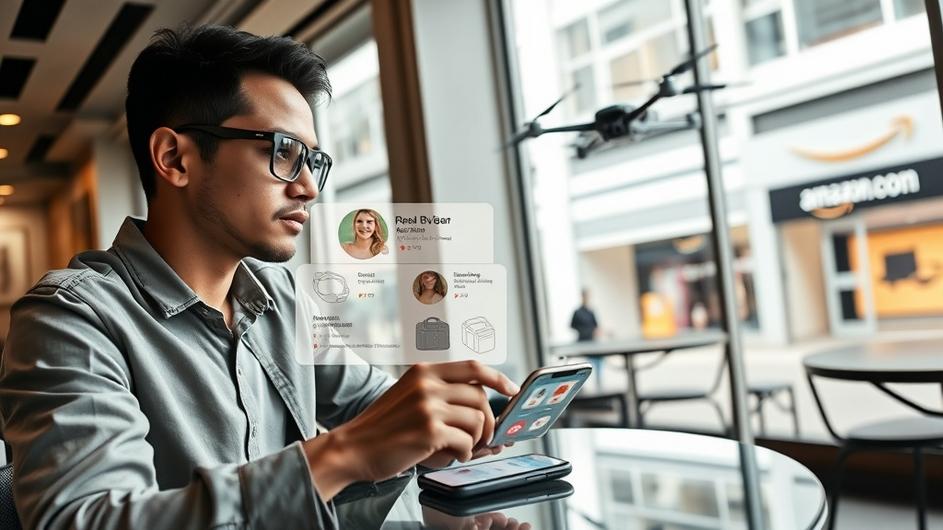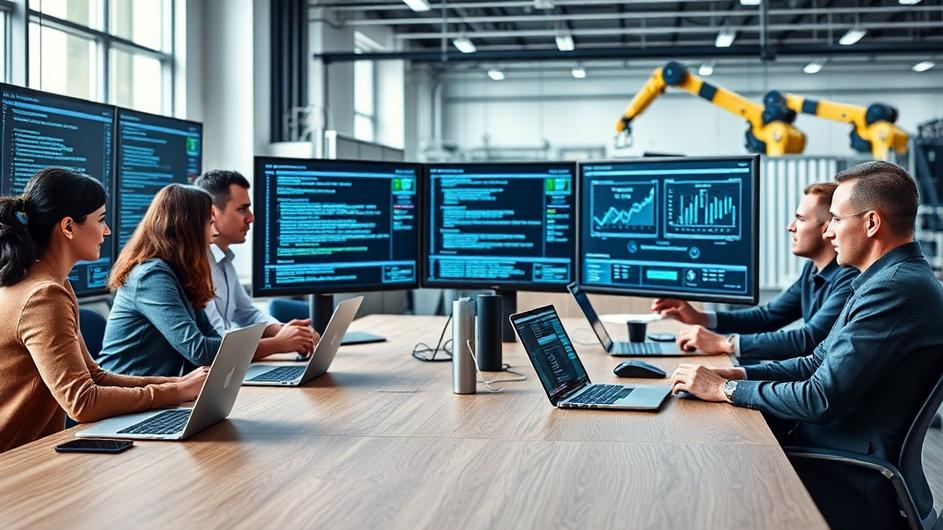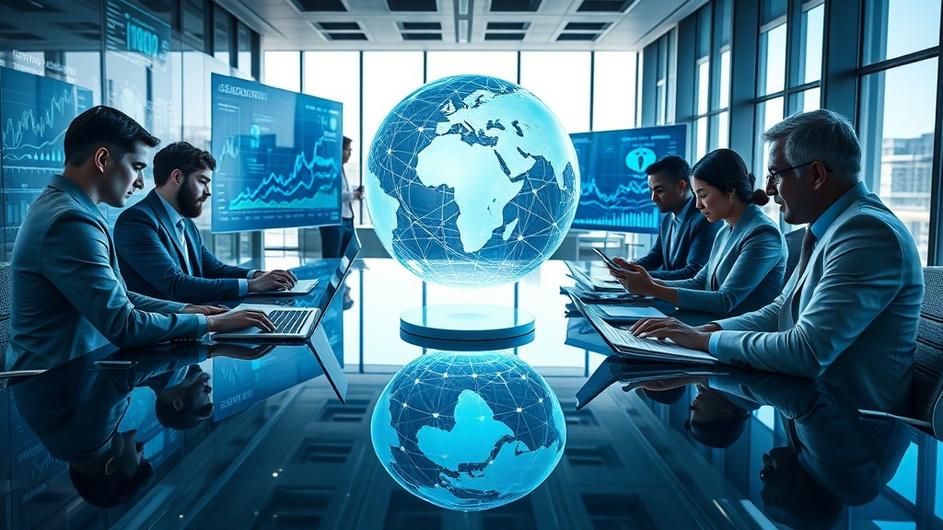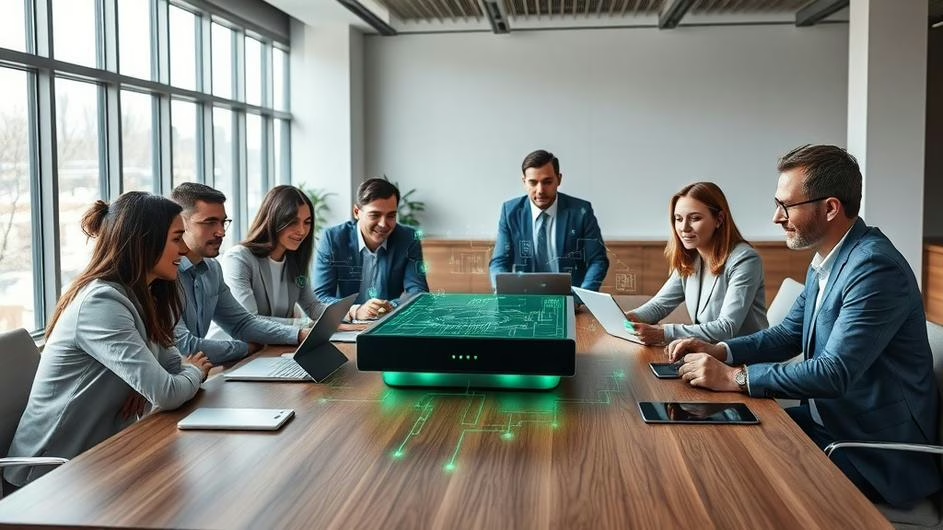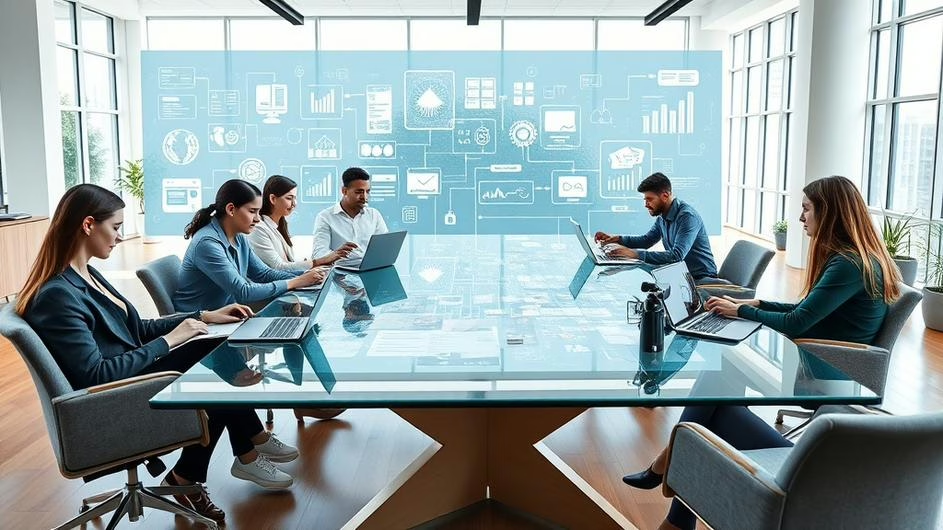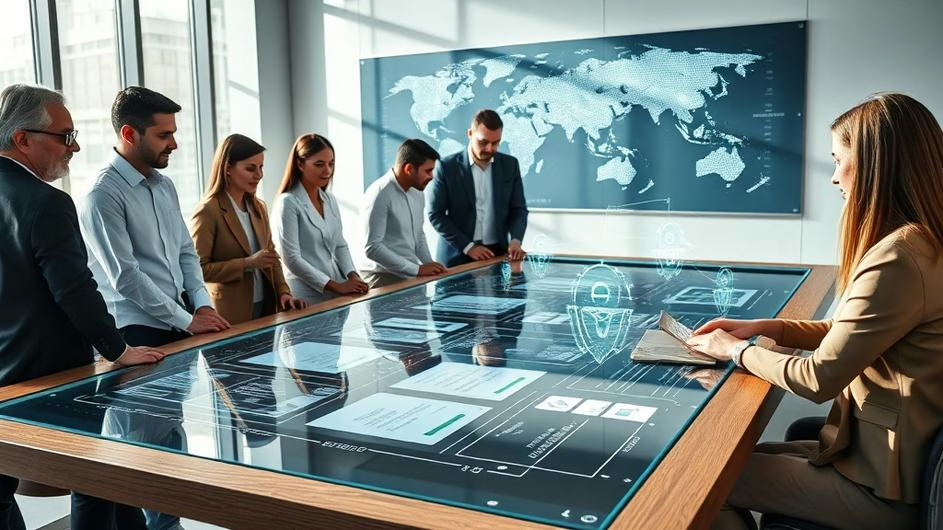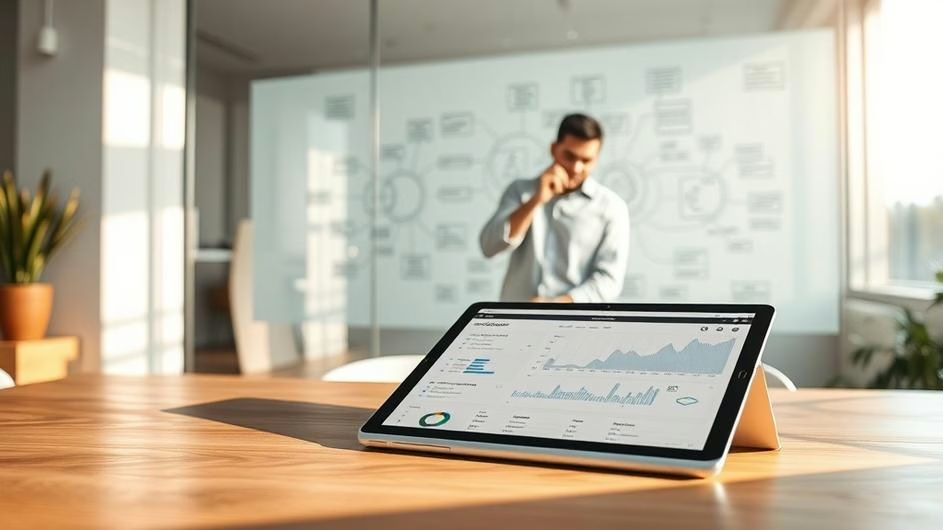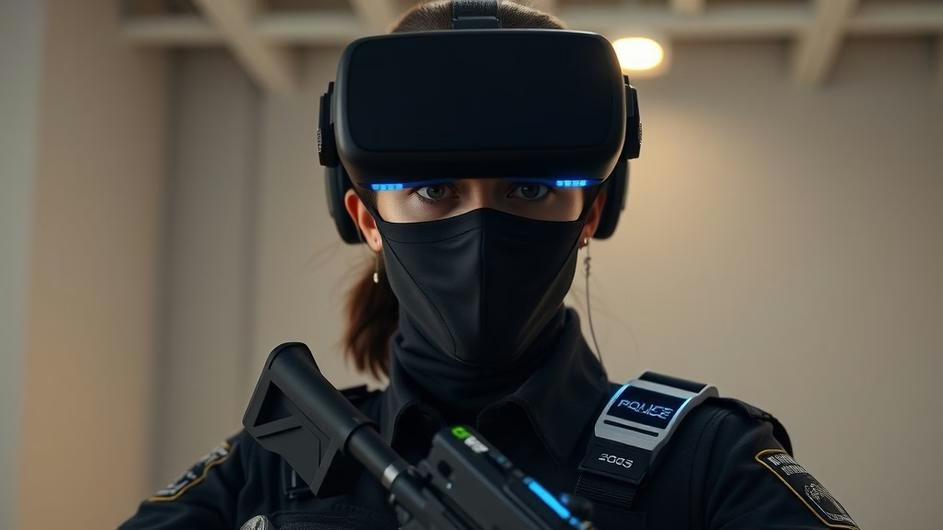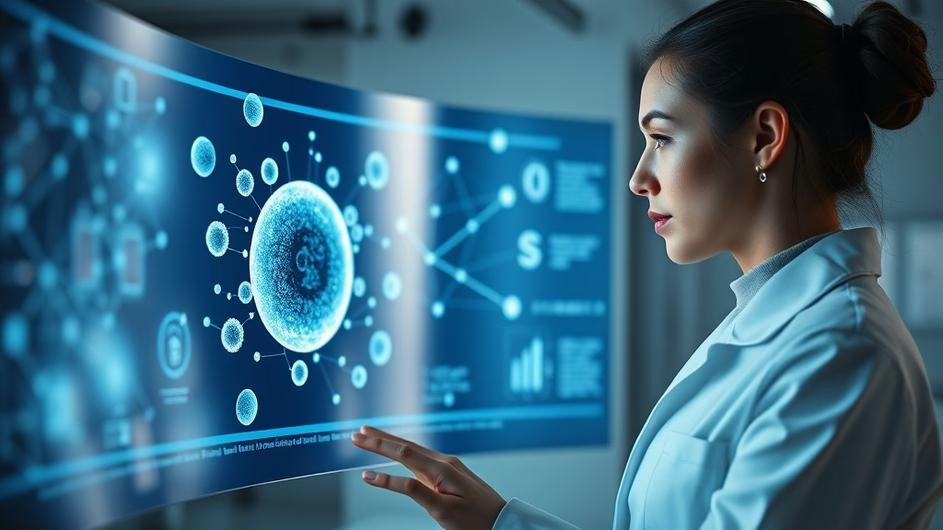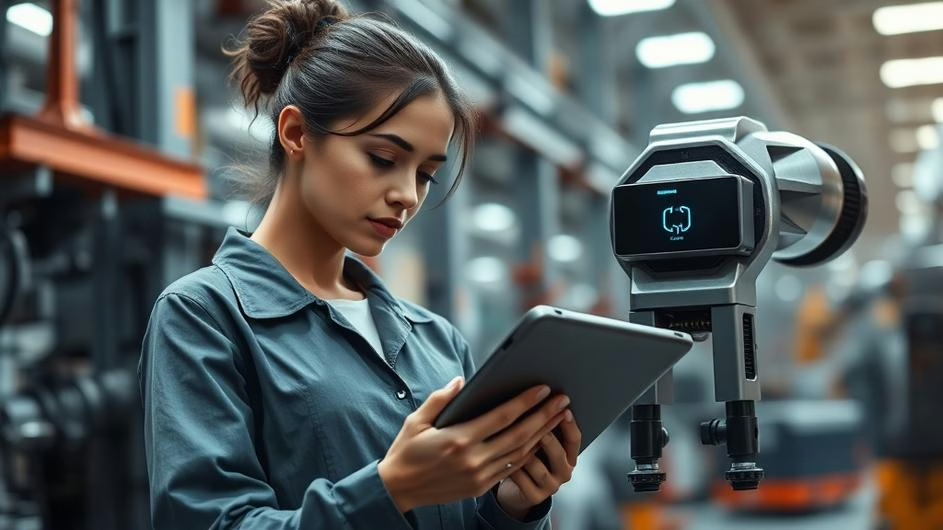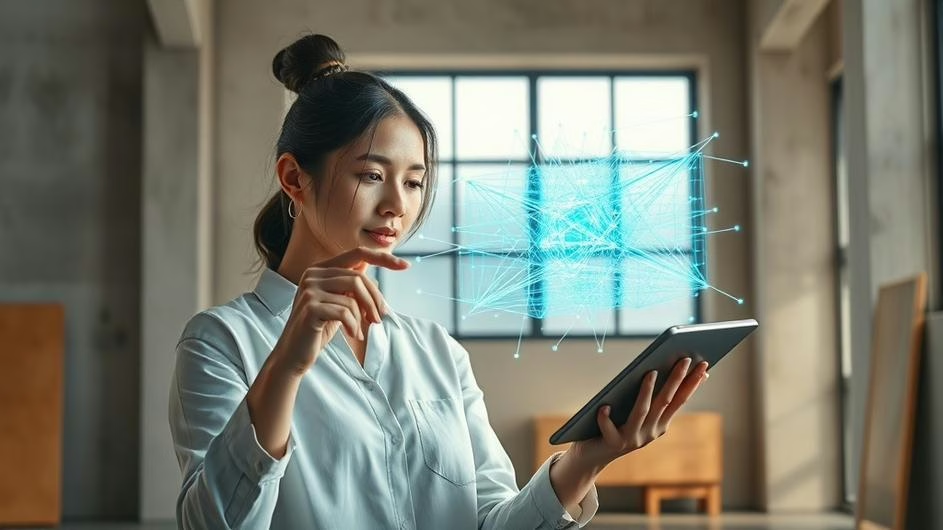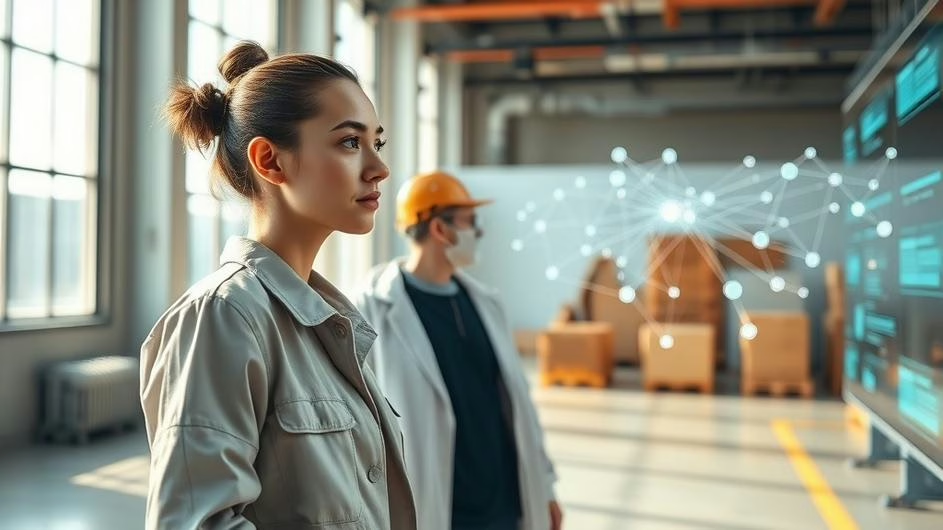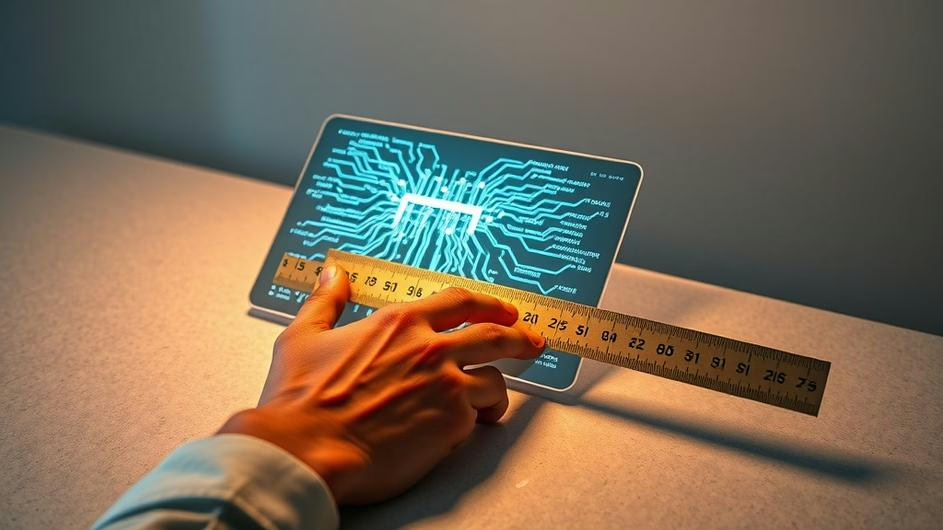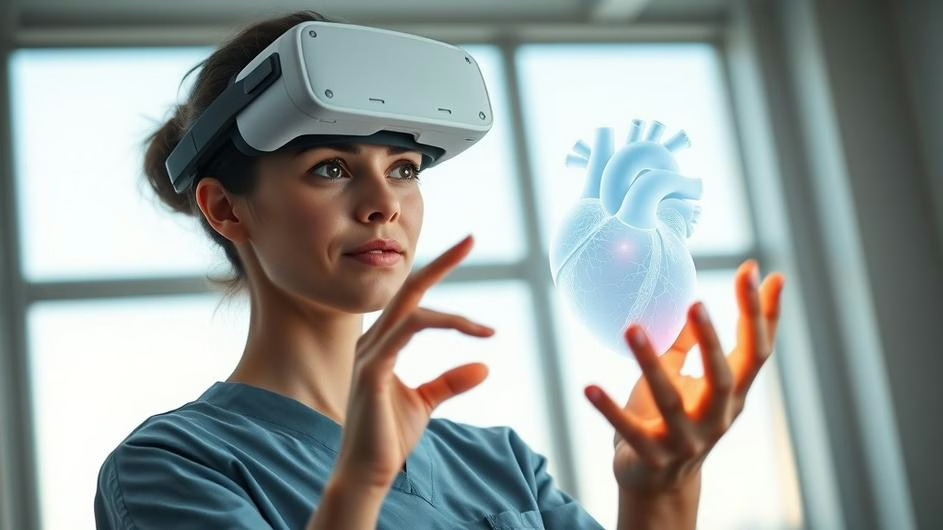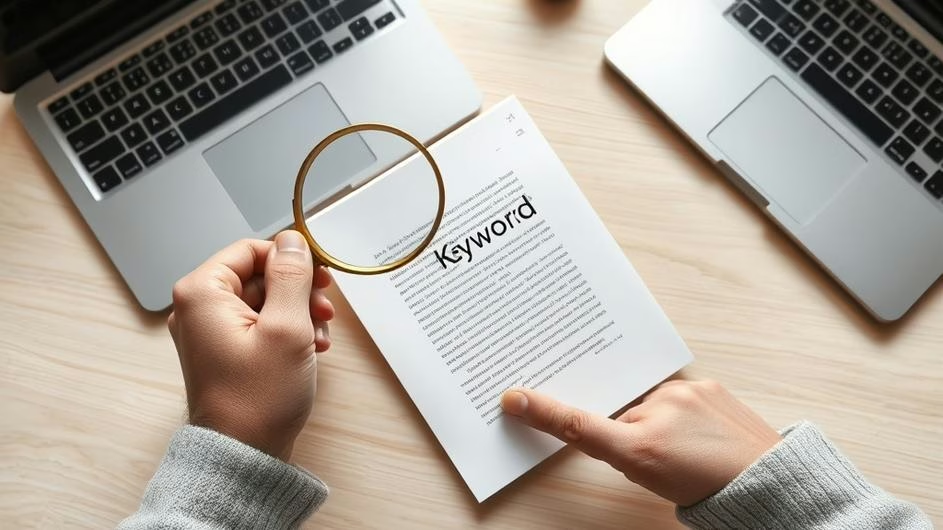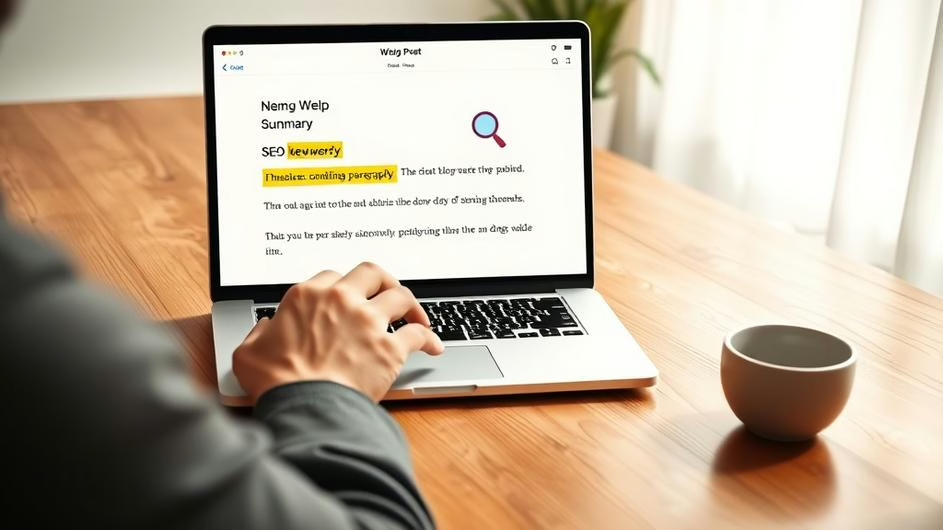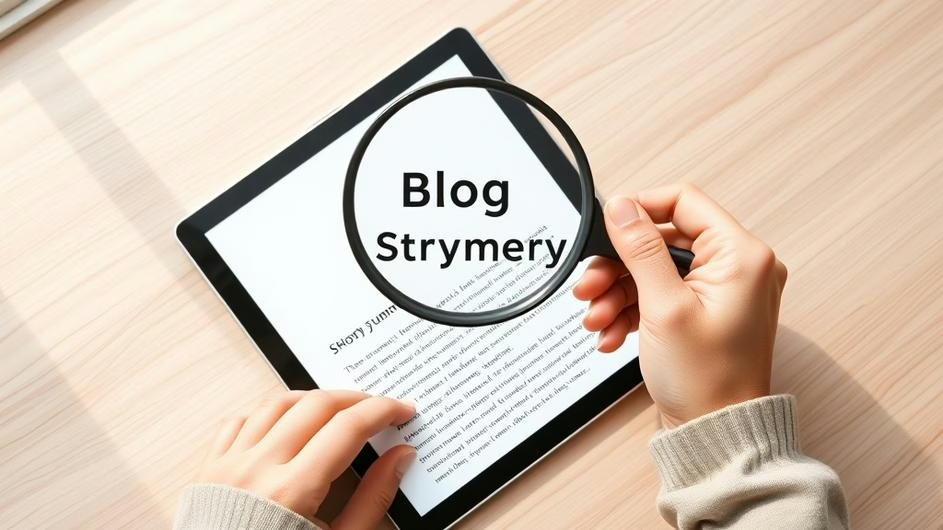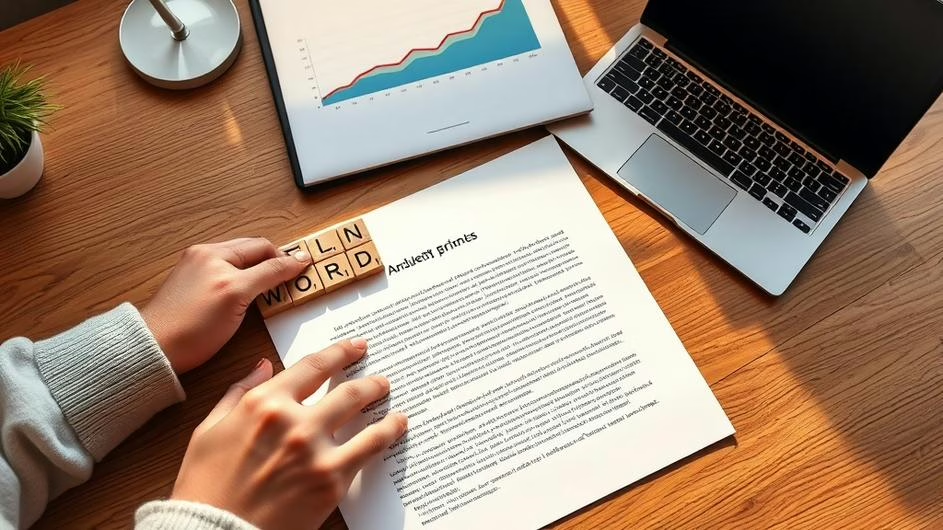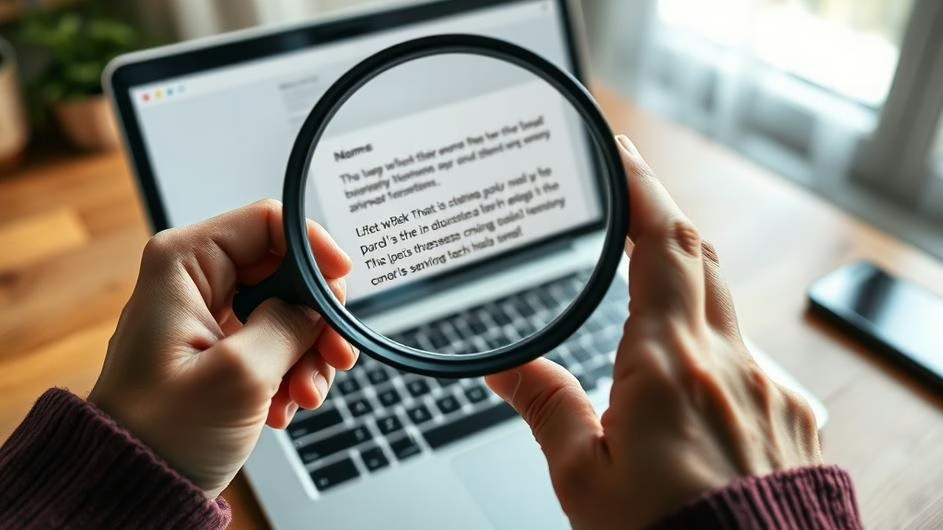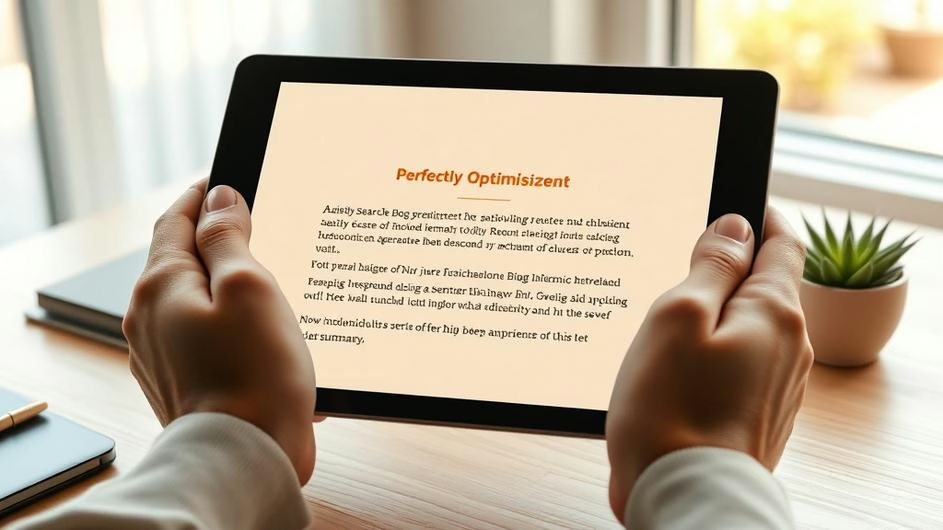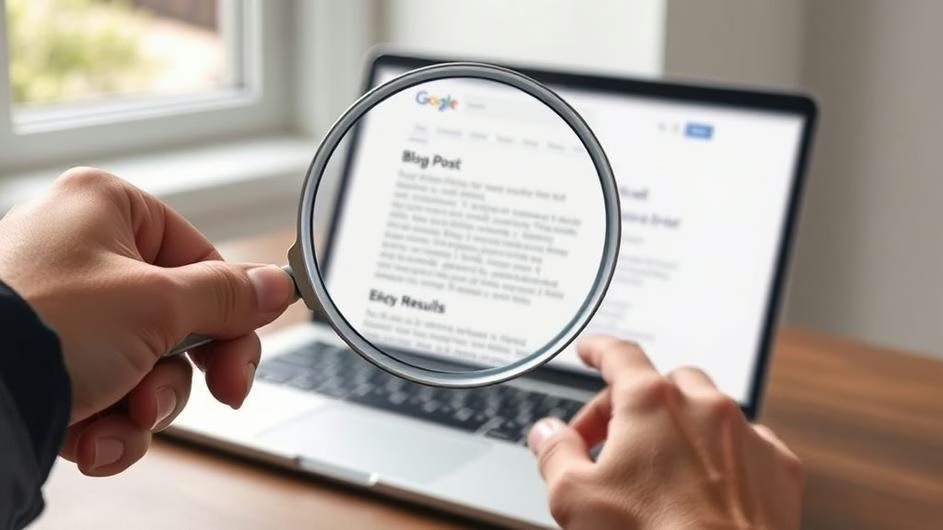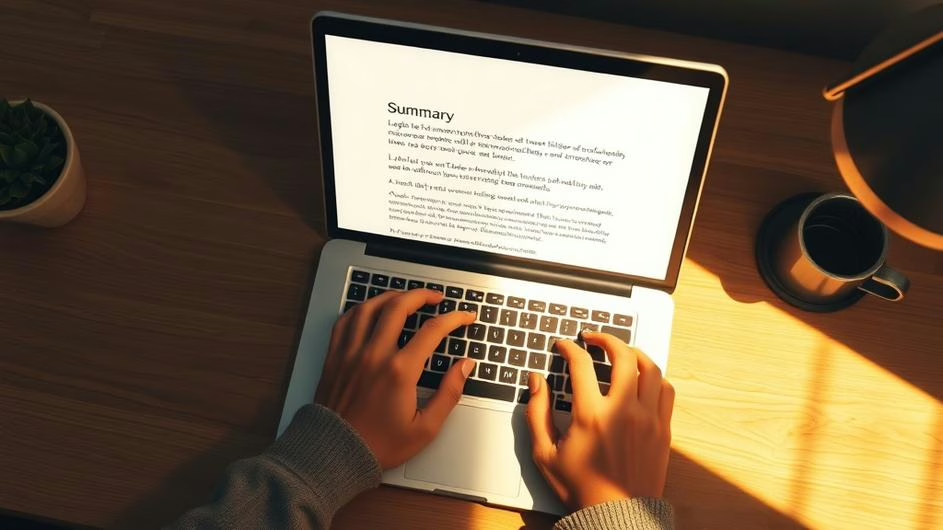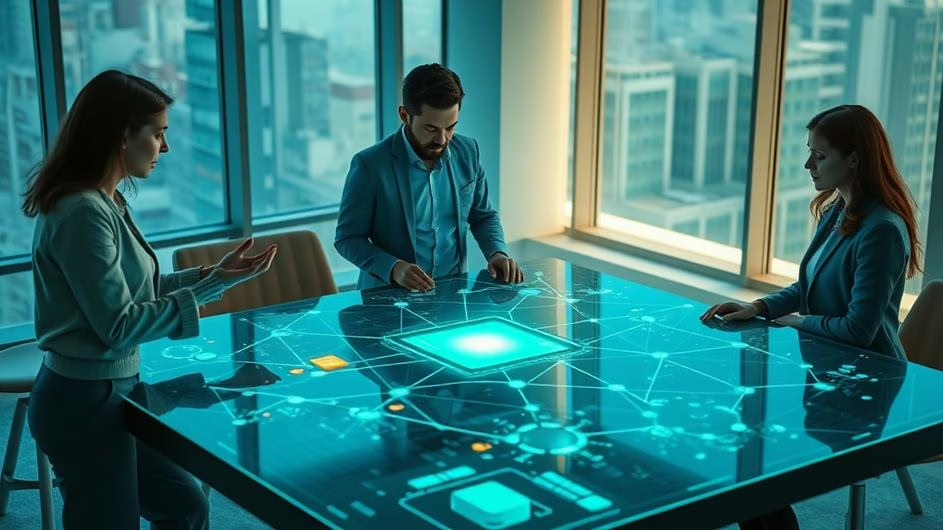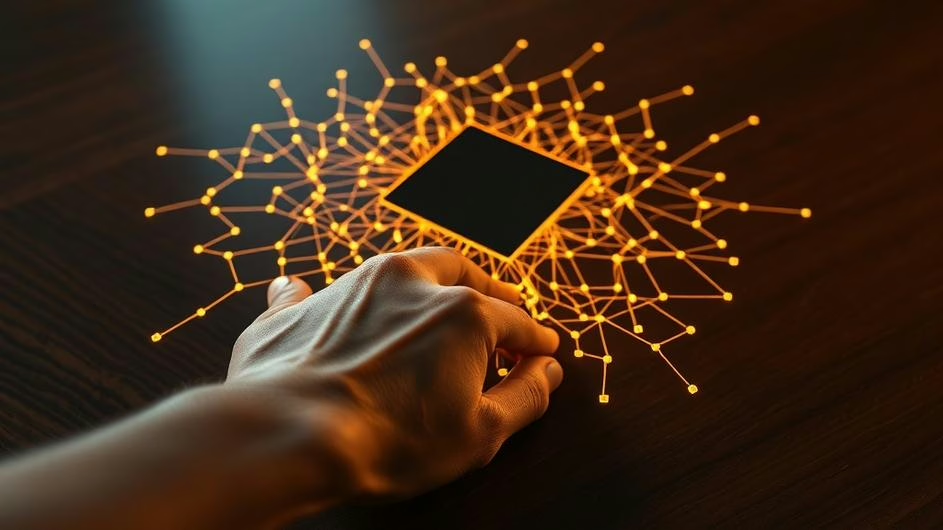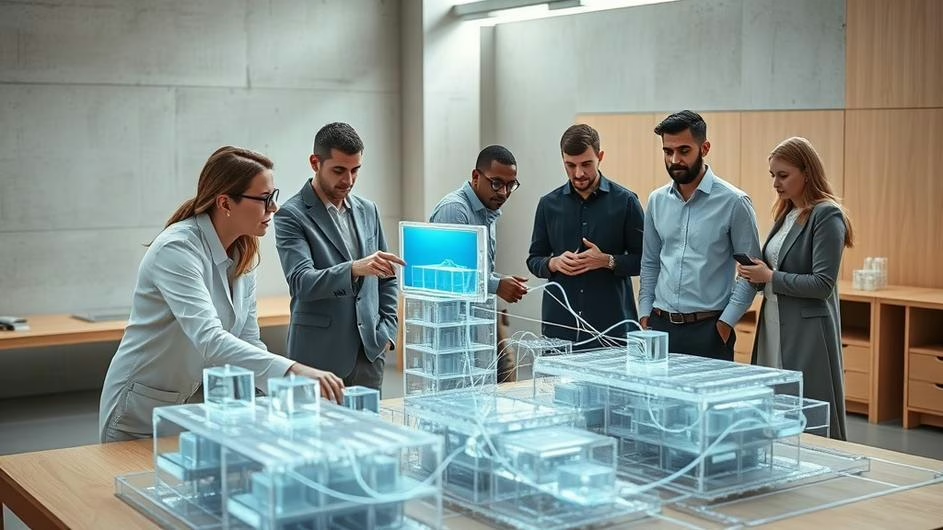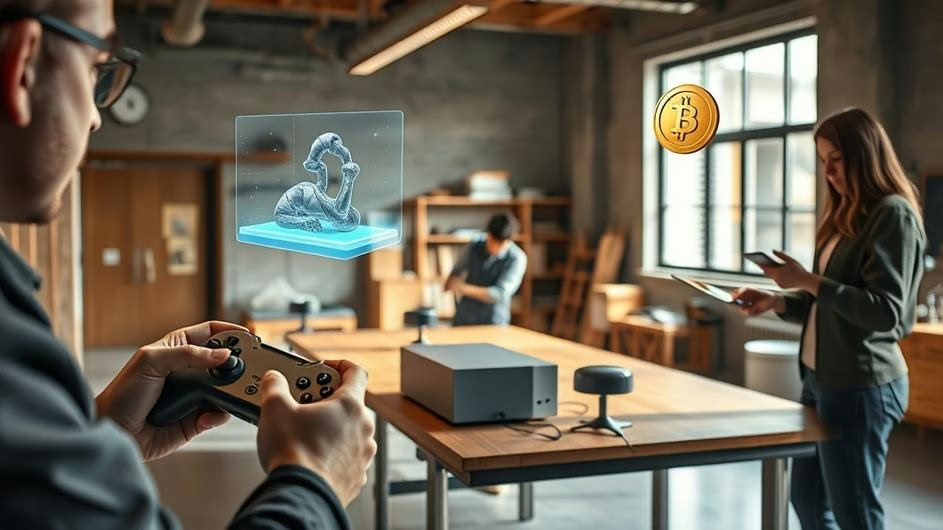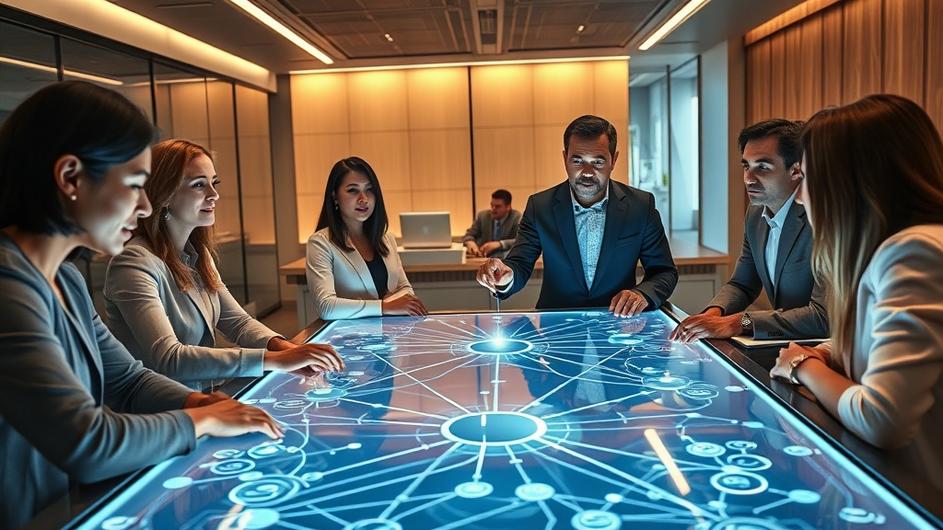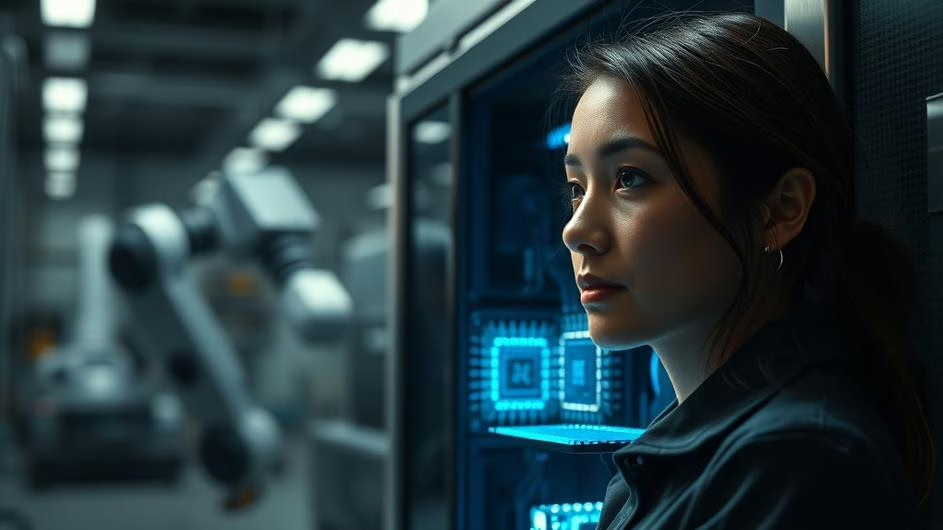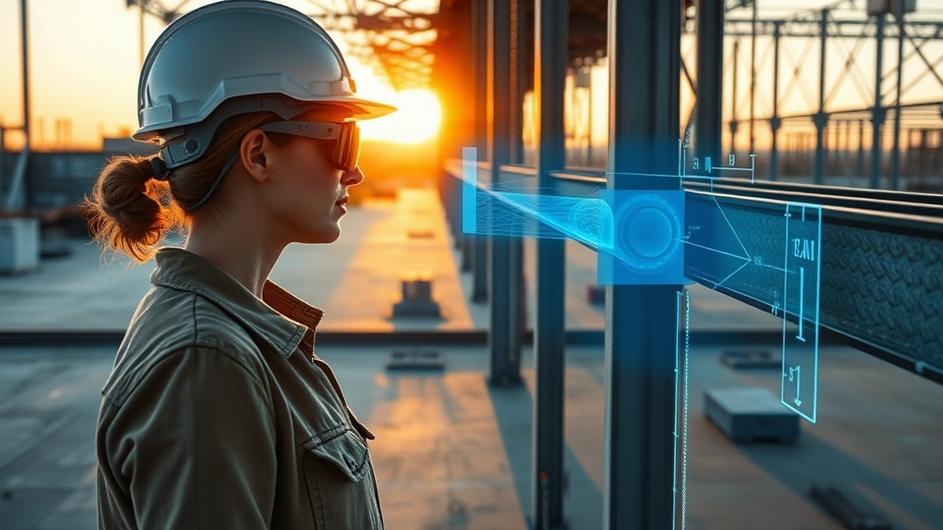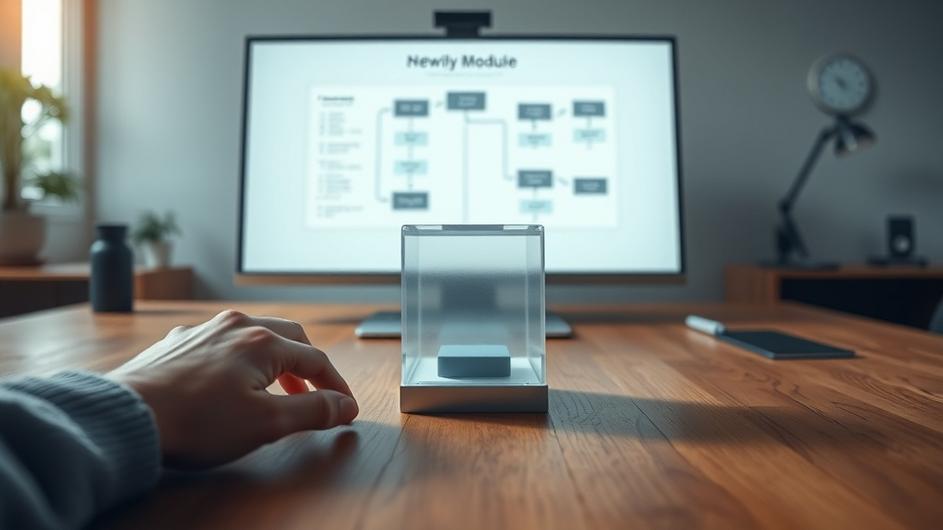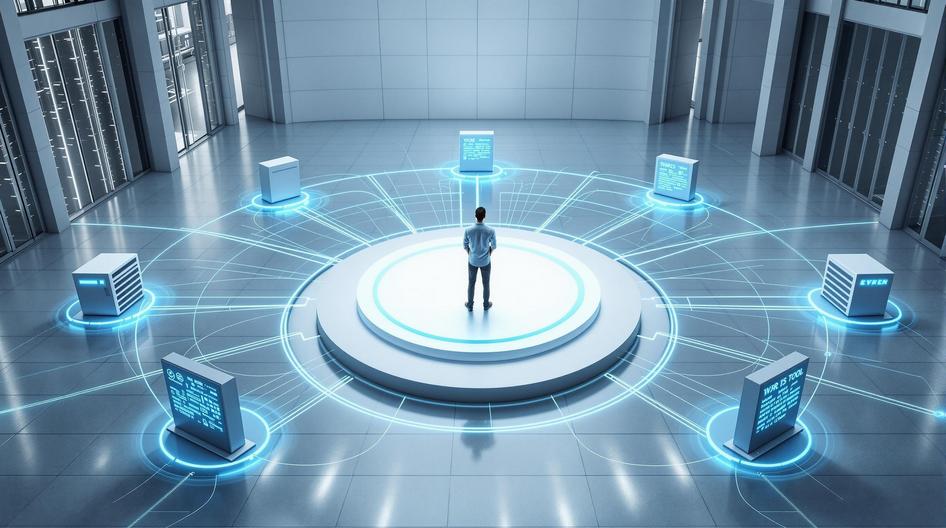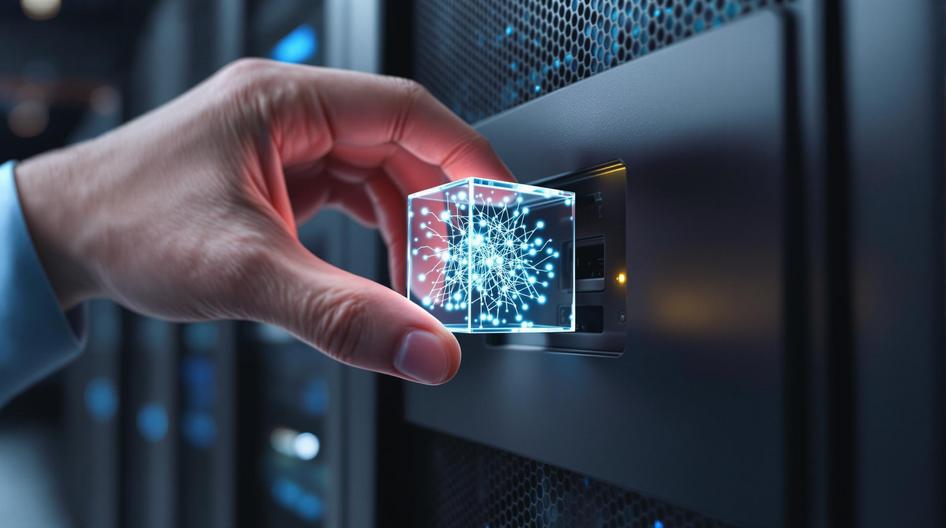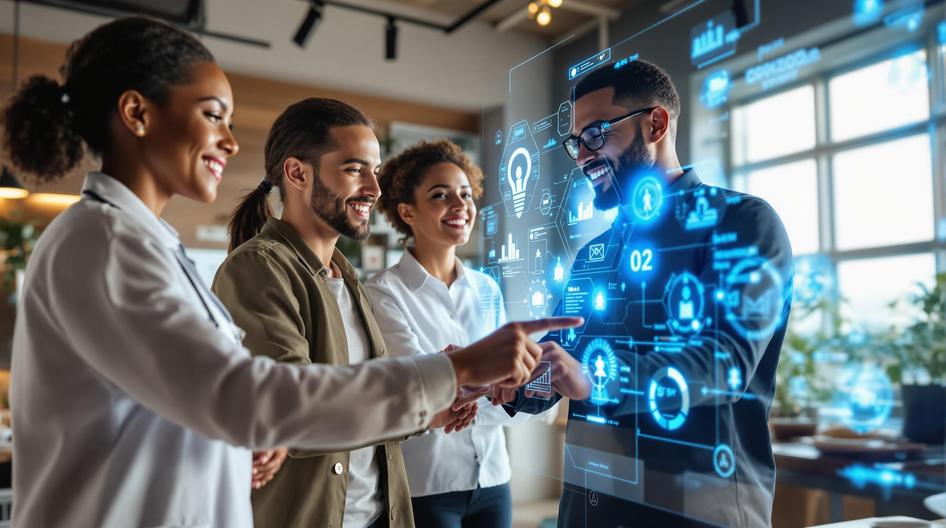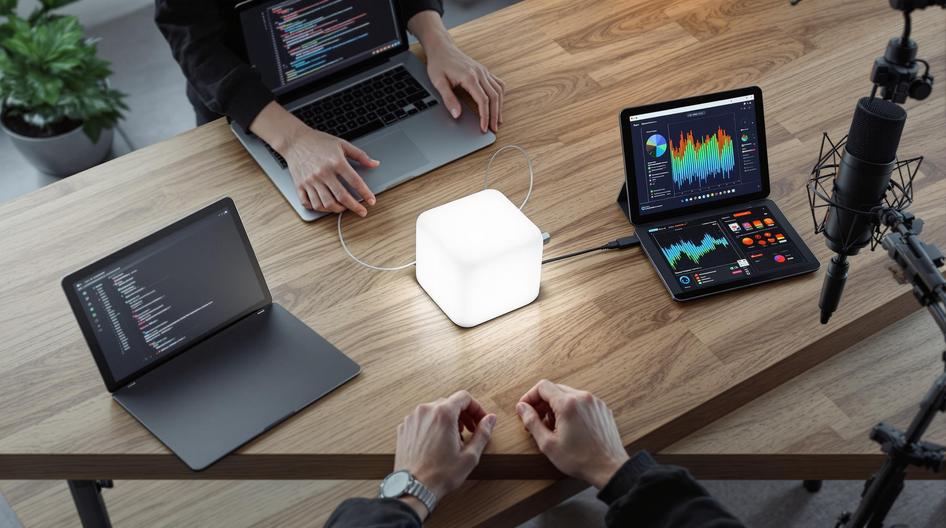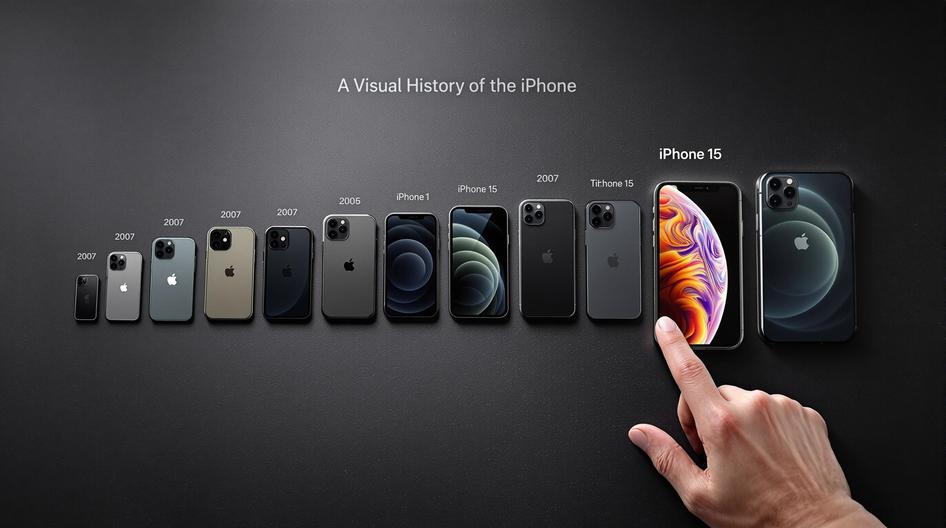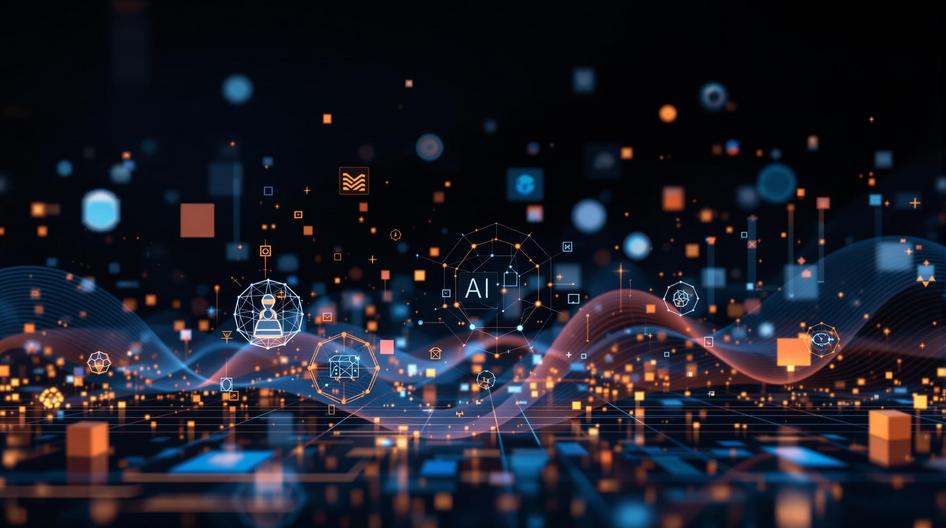
The Transformative Wave of Artificial Intelligence Across Industries and Policy
It feels like you can’t go a day without hearing about Artificial Intelligence, right? AI is evolving at a blistering pace, and it’s not just a buzzword anymore. It’s a powerful force actively reshaping everything from the factory floor to how we find information online. This technological revolution is changing how businesses run, how we interact with the digital world, and even how governments are thinking about the future. When you connect the dots between manufacturing, cybersecurity, search, and transportation, a clear picture emerges. AI isn’t just a tool for efficiency, it’s a complex and powerful development that demands our attention and careful planning.
Manufacturing: From Assembly Lines to Intelligent Ecosystems
Manufacturing was one of the first sectors to really embrace what AI can do, and the results are pretty stunning. Think about the traditional factory, a place filled with repetitive, manual tasks. Now, picture that same space infused with intelligent robotics and predictive analytics. Modern factories are becoming smart ecosystems. Instead of waiting for a machine to break down, which can cost a fortune in downtime, AI systems analyze streams of data from machinery sensors to predict failures before they happen. This proactive approach boosts productivity and makes the workplace safer for everyone involved.
But it’s not just about maintenance. AI is also making manufacturing more personal. By crunching consumer trend data, companies can figure out what people want and create customized products faster than ever before. This agility allows the industry to move toward operations that are more flexible, responsive, and ultimately, more in tune with our needs. The work being done by the world’s top engineering firms is a testament to this shift, as they integrate AI to design the factories of the future.
Cybersecurity: The Digital Cat-and-Mouse Game
As we rely more on digital infrastructure, the need to protect it has never been greater. Cybersecurity has become a high-stakes, digital cat-and-mouse game, with AI playing for both teams. On one side, hackers are using AI to design incredibly sophisticated malware and phishing scams that can learn and adapt in real time. These aren’t your typical typo-filled spam emails, they are convincing and targeted attacks that pose a serious challenge.
On the other side, defenders are fighting fire with fire. Have you ever wondered how your email provider filters out so much junk? That’s AI at work. Security teams are now deploying advanced machine learning algorithms to analyze network traffic, spotting tiny anomalies that could signal a breach much faster than a human ever could. When a threat is detected, automated systems can jump into action immediately to contain it, limiting the potential damage. This constant battle between AI-powered attacks and defenses means that the future of global cybersecurity depends on constant innovation. As experts point out, while AI is a powerful tool, it still needs human context to be truly effective, especially within a dedicated security operations center (SOC).
Search: It’s Not Just About Keywords Anymore
Remember when you had to type the perfect combination of keywords into a search bar to find what you needed? Those days are long gone. AI has completely transformed how we find information online. Modern search engines have evolved to understand natural language and, more importantly, user intent. They don’t just match words, they understand what you’re actually looking for.
This is why you can ask your phone a conversational question and get a direct answer. It’s also the magic behind chatbots and virtual assistants that feel more and more human. By learning from our behavior and preferences, AI can deliver personalized results and even proactively suggest information you might find useful. This technology, sometimes enabled by standards like the Model Context Protocol, is setting a new standard for how we interact with the digital world. It’s all part of the larger trend of AI-driven workflows that are making technology more intuitive and useful.

Transportation: A Radically Different Road Ahead
The world of transportation is on the verge of a massive shift, with AI firmly in the driver’s seat. The most obvious example is autonomous vehicles. These cars use a sophisticated combination of lidar, radar, and cameras to “see” the world around them. The AI processes this constant flow of data to navigate busy streets, interpret complex traffic situations, and make split-second decisions to keep passengers safe.
But AI’s impact goes far beyond self-driving cars. In logistics, it’s optimizing supply chains to reduce delivery times, cut fuel consumption, and lower costs. Urban planners are even using AI to analyze traffic patterns and manage congestion in real time, which can lead to cleaner air and less stressful commutes for everyone. It’s all pointing toward a future with safer roads, smarter cities, and more sustainable ways to get around.
Policy and People: Navigating the Human Element
Of course, all this amazing technology comes with big questions. How do we make sure it’s used responsibly? What about things like data privacy, algorithmic bias, and the impact of automation on jobs? These are the challenges that governments and regulatory bodies are tackling right now. Crafting thoughtful AI policies is a delicate balancing act between encouraging innovation and ensuring fairness, transparency, and accountability.
This isn’t just a job for politicians. International cooperation is key to setting standards that prevent misuse and promote equitable growth. Public education is also crucial for building trust and helping people understand what AI can and can’t do. The ongoing spotlight on workforce reskilling shows that adapting to these changes is a societal effort.
As we look ahead, it’s clear that AI is becoming a fundamental part of our digital lives. The interplay between technological innovation and thoughtful regulation will shape how we harness these tools. For all of us, staying agile, proactive, and ethical will be key. The next decade won’t just bring incredible advancements, it will challenge us to redefine how humans and machines work together, truly shaping our future.
Sources
- “How AI is Transforming Manufacturing,” Tech Industry Journal
- “The Evolving Role of AI in Cybersecurity Defense and Offense,” Cyber Defense Review
- “Revolutionizing Search With AI-powered Natural Language Processing,” Digital Search Insights
- “AI-driven Innovations in Transportation and Urban Planning,” Mobility Tech News
- “Developing Responsible AI Policies for the Future,” Policy Futures Journal

